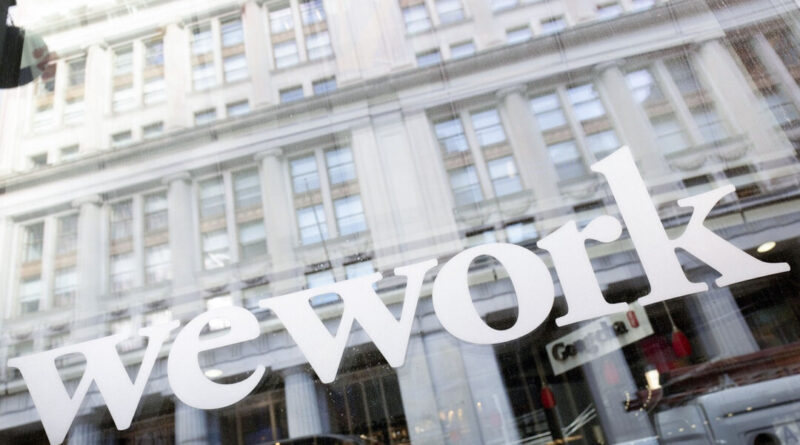Bankruptcies in US Courts Increase by Over 16% Yearly
Filings have been rising every single quarter since June 2022.
Total bankruptcies in the United States saw a double-digit increase in September year over year, with business filings rising by around a third, according to new data from the Administrative Office of the U.S. Courts.
This was the second consecutive year in which bankruptcies increased. The total number of filings made during the period was 504,112, up from 433,658. Business filings saw the largest increase, rising by 33.5 percent, while non-business figures jumped 15.5 percent.
Total bankruptcies hit a peak of almost 1.6 million in September 2010 and a low of 380,634 in June 2022. The number of filings has risen every single quarter since then, the office noted.
ABI Executive Director Amy Quackenboss pointed out that as filings keep rising toward pre-pandemic levels, distressed individuals and businesses continue to face economic challenges. This includes growing geopolitical tensions and the resumption of student loan payments.
In these circumstances, bankruptcy offers an opportunity for a fresh start for financially overwhelmed families and companies, she said.
“The recent Fed rate cut—and signal for further cuts—spurred by slowing job gains and an increase in the unemployment rate leads me to believe the steady increase in those seeking bankruptcy protection will continue through 2024 and into 2025,” said Michael Hunter, vice president of Epiq AACER.
“The recent devastation from Hurricane Helene in the Southeast, current geopolitical conflicts, and a potential for large supply-chain impacts (duration of strike) will all influence bankruptcy volumes in the months ahead.”
Corporate Bankruptcies
An October report from Cornerstone Research states that 113 large companies filed for bankruptcy in the 12 months between the second quarter of 2023 and the first quarter of 2024. This was an 8 percent increase from the previous 12 months and 43 percent higher than the annual average between 2005 and 2023.
The jump in large corporate bankruptcies reflects the “challenging economic environment many major companies have been navigating amid high inflation and interest rates,” said Matt Osborn, a principal at Cornerstone Research.
“As the economic landscape continues to evolve, it is clear that the rising costs, lingering effects from the COVID-19 pandemic, and increased competition have continued to take a toll on many large and established companies.”
There were 24 “mega bankruptcies,” which are filings made by corporations with more than $1 billion in assets.
The highest number was seen in the services and manufacturing industries. Finance, insurance, and real estate businesses also saw an increase in filings.
At the time of filing, rental liabilities made up around two-thirds of the corporation’s operating costs. WeWork also withheld some large rent payments during bankruptcy proceedings, triggering a backlash from landlords.
According to Cornerstone, there has been an increase in liability management transactions among bankruptcies in recent years. These are transactions conducted outside bankruptcy courts that allow struggling companies to partially refinance their debt, access liquidity, or extend debt maturities.





